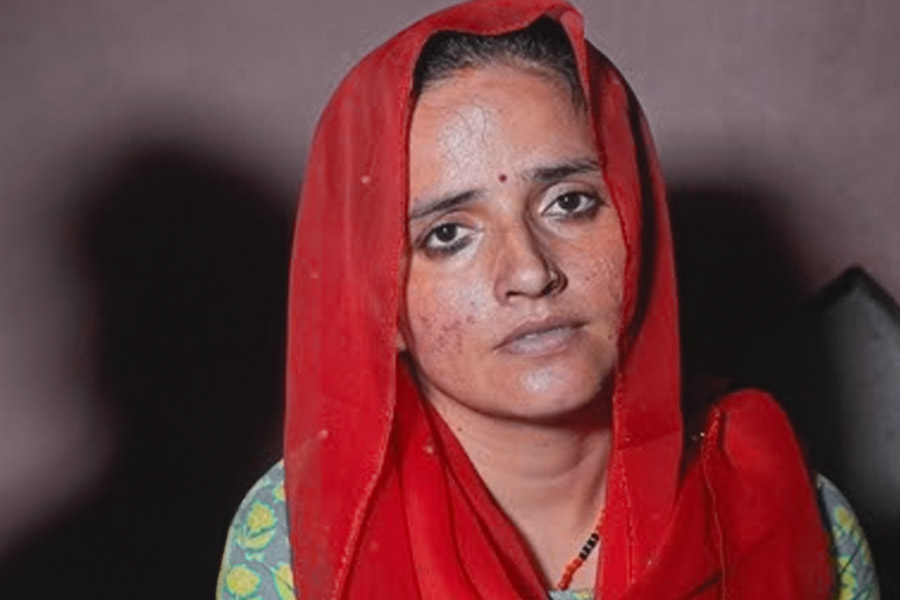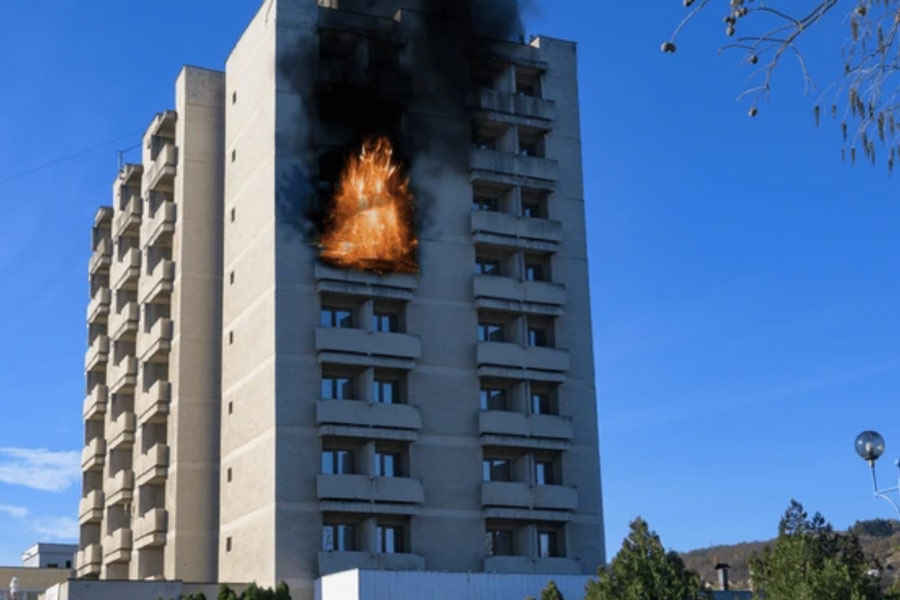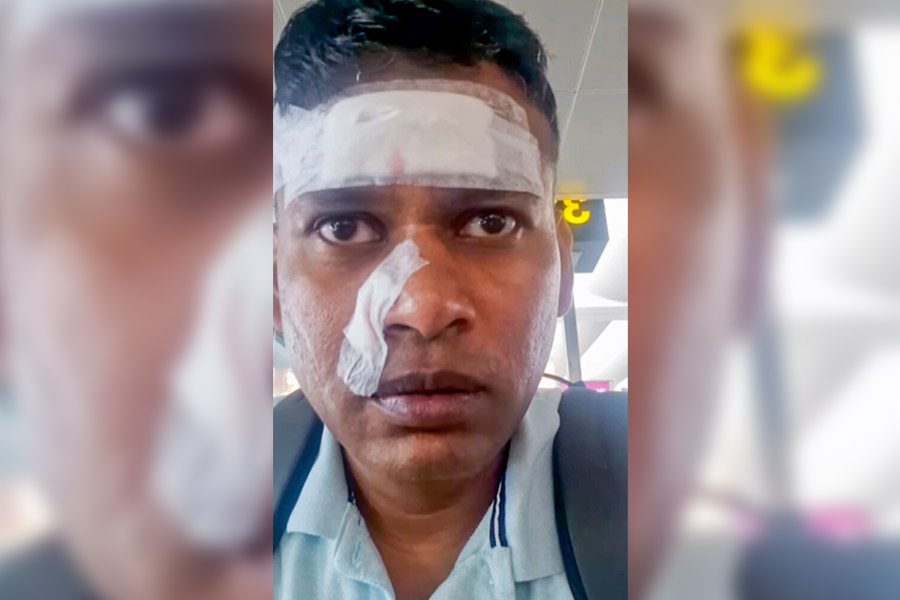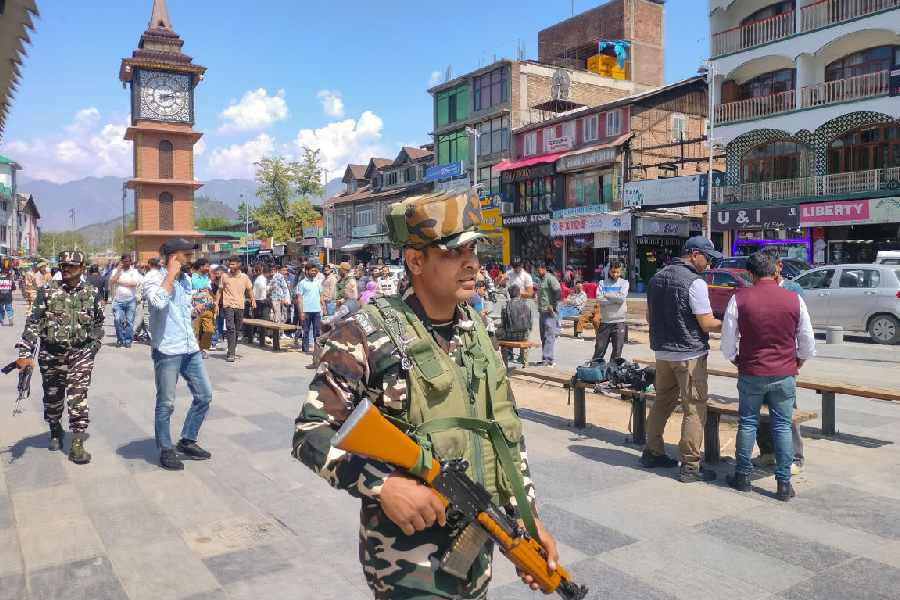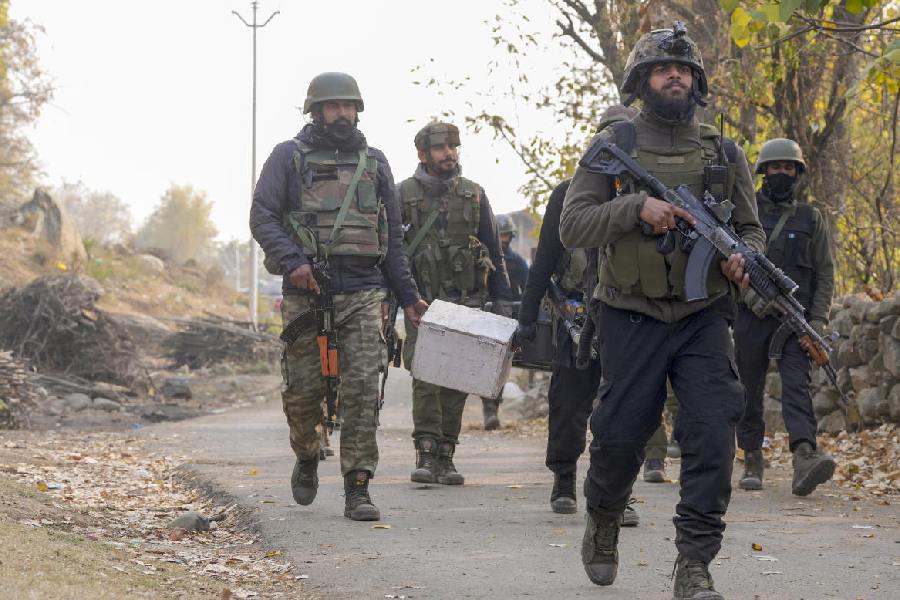 |
| Sunita Godara and members of her Health Fitness Marathon Club on an early morning run in Delhi’s Lodhi Gardens |
Tomorrow, about 20,000 runners will pound the streets of the Capital as they take part in the Delhi marathon. Of these, about 2,000 will be running either the full marathon (a gruelling 42km) or the half marathon (21km). And mind you, not all will be professional athletes in peak physical form, but ordinary folk like you and me.
Just a few days ago, on February 5, in Chennai, about 14,000 people took to the streets for the fifth Chennai Marathon. This was a huge jump from the 8,000 odd people who ran last year. On January 29, several Indian runners crossed the borders to take part in the second Standard Chartered Lahore marathon, an event that pulled in 18,000 runners and caused a controversy because of the women runners who took part. Next week will see Calcutta’s finest and fittest take to the streets for the Kolkata Marathon.
But the biggest of them all, where corporate cash flowed like water, was the January 15 StanChart Marathon in Mumbai, where 29,000 runners turned out in force. And although winter, the prime season for marathons is on its way out, it’s not the end of the road for marathoners in India as Bangalore gears up to host an event on May 14. Pune will follow later in the year.
You could call it marathon mania. Indians are taking to the streets in ever larger numbers and puffing their way through miles of lung-inflating, muscle-busting marathons and half-marathons. Take Tanveer Kazmi, a software designer at Cadence Design Systems in Noida. Kazmi’s marathon odyssey began with the Hutch half-marathon in November 2005. Once he crossed the finishing line, he was hooked for good. Soon afterwards, he booked a ticket for a race in Singapore but couldn’t make it finally. In the end, he flew to Mumbai to do the 42km run. “The idea of running a marathon came all of a sudden, strangely enough, at a ‘Time Management’ training session, where we were required to set a goal, and a plan to achieve that goal. The goal was set by my colleague, Vivek who also ran the Hutch Delhi Half Marathon with me,” he says.
For 38-year Rajat Banerjee, who works at Amway, the idea of taking part in a marathon took root last January when a few colleagues took part in the Standard Chartered Mumbai event. “I thought if they could do it, so could I,” says Banerjee, a martial arts enthusiast and avid trekker. But he finally took action only in July when he happened to see the Limca Book of Records and read about the exploits of 73-year old cardiologist Dr Ashish Roy, who started running at the age of 52 and has completed 68 marathons till date. He promptly went out and bought Jeff Galloway’s Marathon, You Can Do It and started training in earnest. He warmed up with the 21km Hutch run in November and finally achieved the full 42km at Mumbai this year. And yes, he will be on the starting line on February 12 in Delhi.
Banerjee’s hero, Ashish Roy, is arguably India’s most famous hobby runner, and his enthusiasm remains undimmed by age. Each time he breaks a record, he shifts the goal a bit more. “At the age of 75, I want to finish 75 marathons,” he says. He has another goal: to run a marathon in each of the cities hosting one. “Running is the best exercise in the world ? it keeps your heart in good condition, and keeps diabetes away,” advises the doctor.
If Roy’s efforts have inspired several hobby runners, then elite runner Sunita Godara, who finished her 75th marathon in Mumbai this year, has also contributed in no uncertain terms to the number of runners you see today on the Capital’s roads. Her Health Fitness Marathon Club, which she set up in 1990, when she was the reigning national champion, began with the intention of training people to become marathon runners. Today the club has over 100 members in the 20-50 age group, including several women. One of them, 48-year old Mangala Khattar finished first in the half marathon in Mumbai.
Godara’s club is open to anyone and she supports her team with running clothing and sometimes with training shoes by getting sponsorship packages. In addition, she’s a “phone-in-helpline” for aspiring marathoners, who often call in for training tips or other guidance. For instance, two girls from Ludhiana who wanted to run at the Delhi event, called up Godara and she helped them with the online registrations, etc.
The huge hype generated by events like the Hutch and StanChart races have also helped the cause. Says Godara, “These events have given a new packaging to marathon running in India. Now taking part in marathons has become the ‘in’ thing ? a style and fashion statement.” The fact that the likes of business tycoon Anil Ambani are eschewing fashionable sports like squash and golf to take part in marathons is also making running more upmarket.
Another sign of how marathons are catching on is that the London-based organisers of the February 12 event, the Sports Management Group International, is choosing to enter India for the first time by hosting a marathon. According to Manzar Khan, managing director, South Asia, SMGI, they have taken inspiration from the London Marathon and have planned the event with the Commonwealth 2010 in mind. Suitably enough, there’s huge prize money with almost a crore of rupees in cash awards.
The increasing turnouts and sponsorships at marathon events has even spurred Shriram Industrial Enterprises Ltd ? which pioneered marathons in India with its annual Rath marathon ? to re-enter the space with a Mawana Sugar run, planned in the next few months.
It’s hard to put a finger on when the fad for long distance running began catching on among Indians. Traditionally, this space was dominated by the Army/BSF runners, who dominated the weekly Otto Peltzer races (10km runs) held every Sunday in Delhi. Rupinder Singh, one of the moving forces behind the Otto Peltzer races, who himself was trained by the famous German coach, feels that the popularity of marathon running is a natural consequence of the economic boom that is sweeping the country. Singh, who coaches young runners, reckons that the stress of modern life has also contributed to the popularity of marathons, as people working long hours in sedentary jobs ? like software employees ? tend to take up running. “It’s a mass sport in the sense you don’t need to belong to a particular club. Also, you don’t really need any equipment,” says Singh.
Another big reason for the spurt in running activity is undeniably the Internet. Easy availability of resources, the fact that you can find like-minded enthusiasts at the click of a mouse, has fuelled a lot of interest. Take runnersforlife, an online club in Bangalore where members band up to go running together, share tips, grievances, post pictures and notify others about forthcoming events. The club, which completes a year next month, organises a run every month in the city, which could be anywhere between 10km to 33km, for which it charges an entry fee of Rs 50 to members and Rs 100 to non-members. “I think running is at the cusp of becoming a hugely popular sport in India,” says Arvind Krishnan, founding member of the runners-for-life club.
The Net is also an invaluable training resource. Kazmi says he followed advice from some good running sites (see box), followed their training schedules, searched the Web for books on training, and that was sufficient for him. In addition, he also set up his blog to record his running experiences. “Slowly, I came into touch with other bloggers who were equally passionate about running, and from whom I got some good tips on running,” says Kazmi.
While the number of marathoners in India is certainly growing, there’s a long way to go before we catch up with the West. Rupinder Singh points out how at the London Marathon, there are 30,000-40,000 people at the starting line. Godara also points out how at Boston, even the 10,000th runner finishes the race in under four hours.
 |
| Dr Ashish Roy has completed 68 marathons and is aiming for 75 |
Besides, the other side of the picture is that at most of the events held so far, the organisation has been pretty ham-handed. Traffic control and the water arrangements are only for five hours after which all hell breaks loose for those determined to finish the race. And unlike the London and New York events, where each participant is treated with tender care, here participants have to really fend for themselves. And while the number of events is increasing, so far only the Chennai and Mumbai events are annual affairs, with the other cities hosting marathons on a as- is-when-is basis. Runners who took part are particularly bitter about the Meerut and Lucknow events.
Clearly we have a long way to run.... but at least we have got to the starting line.
Net, set, go...
While there are any number of books on how to run a marathon, the Internet is a marvellous interactive training resource — offering training tips, e-mail helplines, finding a coach, finding a running partner in your neighbourhood, etc. Here are some sites to start off with:
• www.aims-association.org — This is the official website of the Association of International Marathons and Road Races (AIMS) and gives you a complete calendar of races for the year.
• www.halhigdon.com — An 18-week online marathon training programme, which guarantees you success in completing a marathon.
• www. runningcoachtom.com — This is more suitable for New York residents, though some of the training tips are a great help.
• www. marathonguide.com — This is a complete directory of marathons, results, athlete and race news, history, inspiring stories from first-time runners. Enough to get you off the chair and heading for the track.
• www.runnersforlife.com — an e-group started by Bangalore-based runners which shares running tips and information.
Training tips from Sunita Godara
Q. Can anybody, with reasonable levels of fitness, take part in a marathon event? How should one go about it?
For the full marathon, a regular training of at least 80-90km/week is required to finish the marathon successfully. For completing the half marathon (21km), at least 30km-40km/week training is required. For a fun run (7km), anybody who walks or jogs two to three times a week for 30-40 minutes can complete it. A regular jogger should go for half marathons and not the full marathon distance.
Q. At what age can one start doing long-distance races?
From age 10, one can start cross-country training — 5km and 10km races. The international standard is that only those above 18 can take part in the marathon. Serious long-distance running should only be undertaken once the bones have set, which happens between 14 to 16 years depending on the speed of maturity of an adolescent child. If intensive stress is put on legs through running before this age, then the child’s growth is likely to be stunted.
Q. What kind of training gear is needed? How can one combat factors like dehydration?
All joggers must read literature on running. Clear scientific facts now exist and must be followed regarding hydration, running in difficult weather conditions and in the use of correct apparel and shoes. Runners should use heavy cushioned running shoes for training. For the actual race, lightweight shoes should be used. Use lightweight garments depending upon the weather. For hydration, drink plain water or electrolyte drinks if you have been a 100-km plus per week runner.
Q. Many first-time runners complained about not being able to focus their minds while running. What should you think about, while running?
When you are a top runner, your mind becomes blank and focused totally on the race. But I tell my hobby runners to think about their family, their close ones and how happy they would feel to see you finish your marathon. Think of the feeling at the end, and fill yourself with positive thoughts.
Q. Any special advice for women runners?
Never go running alone. Although today I see a far more open society compared to 15 years ago, it is advisable to run in groups.


